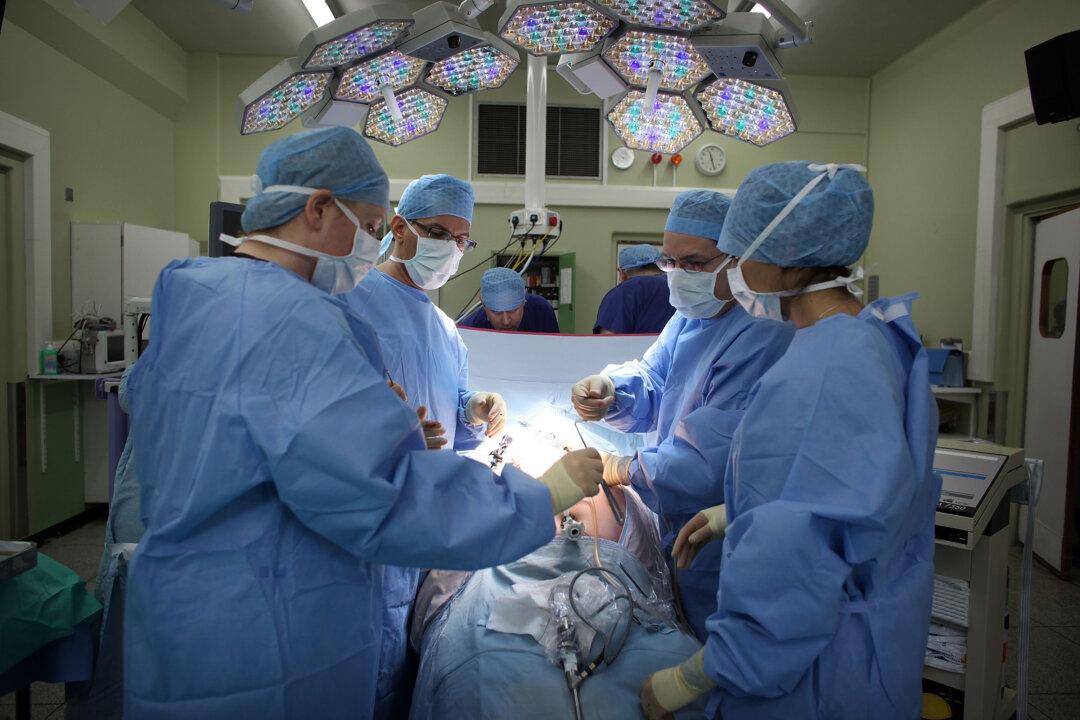Evidence suggests that odor-sensing cells are the key entry point for SARS COV-2, according to a new study.
Researchers experimented with a small number of human cell samples. They report that the “hook” of cells SARS-CoV-2 uses to latch onto and infect cells is up to 700 times more prevalent in the olfactory supporting cells lining the inside of the upper part of the nose than in the lining cells of the rest of the nose and windpipe that leads to the lungs.





